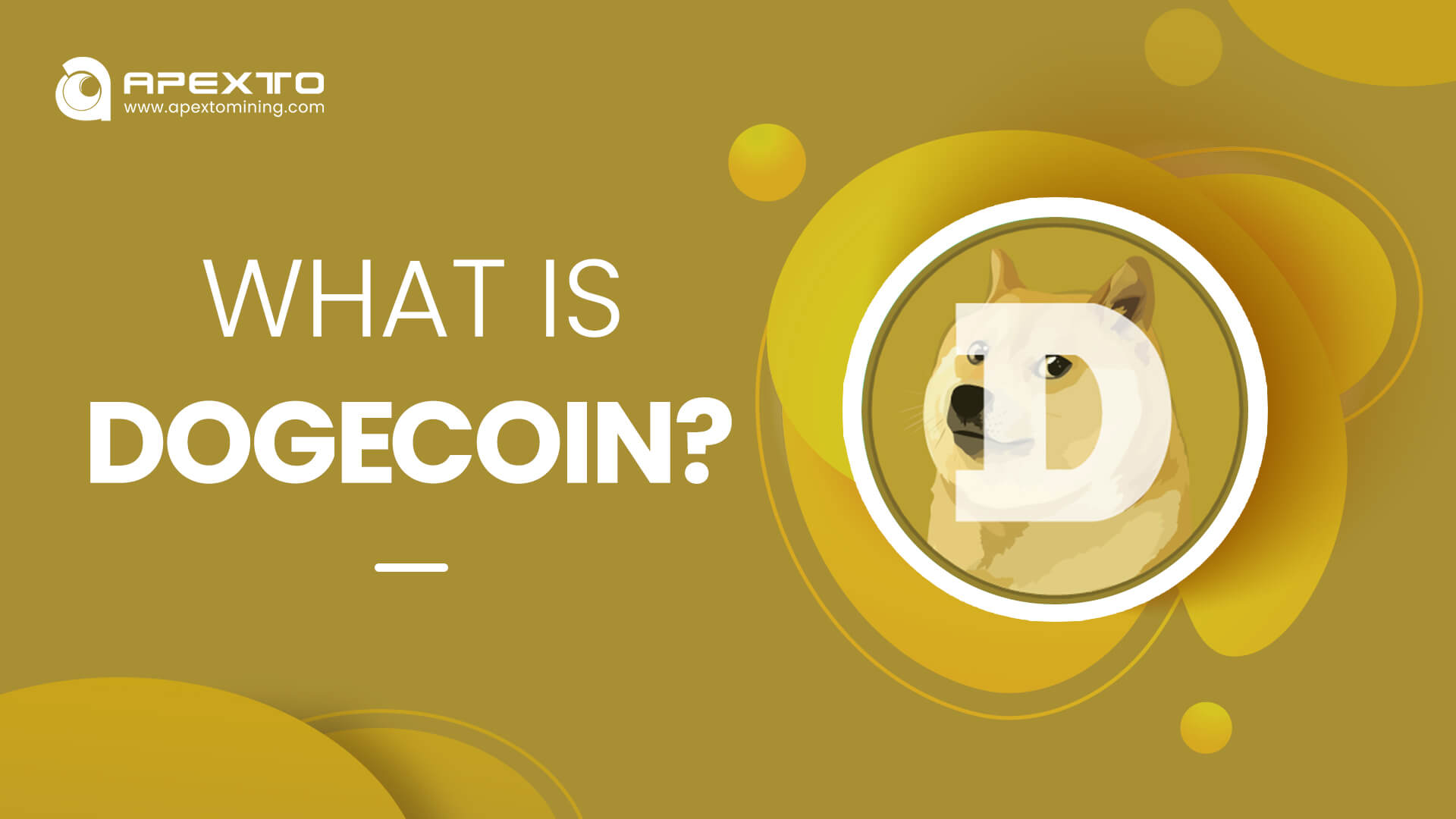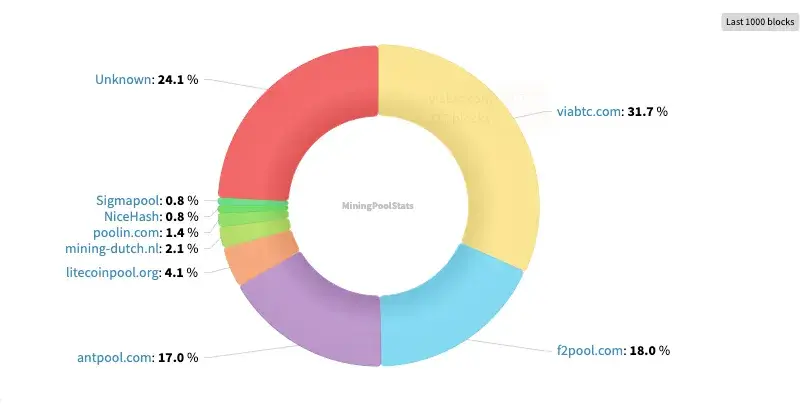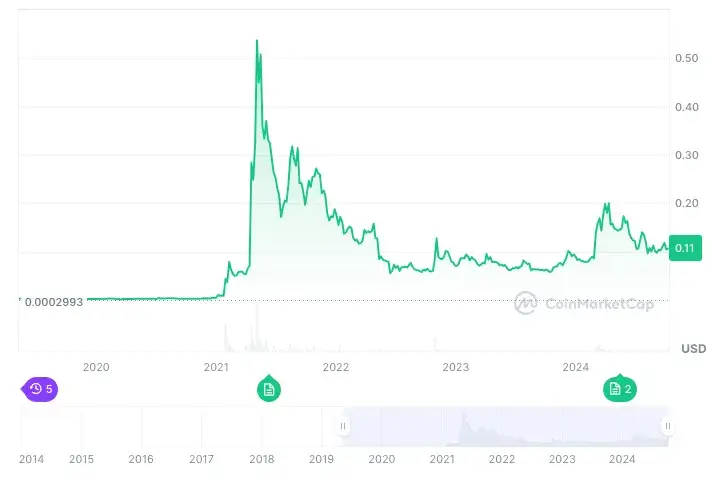Introduction
Dogecoin was created in 2013 as a fun and lighthearted alternative to Bitcoin, drawing inspiration from the famous “Doge” meme featuring a ShibaInu dog. What started as a joke quickly gained traction due to its vibrant and supportive community. Unlike Bitcoin, which is often viewed as “digital gold,” Dogecoin has become known for its lower transaction fees and faster block times, making it ideal for smaller, everyday transactions. Over the years, it has grown from a niche meme coin into a significant player in the cryptocurrency space. Dogecoin’s market value surged in 2021, fueled by media attention and endorsements from high-profile figures like Elon Musk. Its community-driven origins, coupled with a robust online presence, have kept it relevant, positioning it as one of the most accessible and widely used cryptocurrencies today.
Dogecoin Mining
Mining Dogecoin is the process of verifying transactions and adding them to the blockchain using a proof-of-work (PoW) system. Miners use computing power to solve complex cryptographic puzzles, and in return, they are rewarded with both Litecoin (LTC) and Dogecoin (DOGE) due to merge mining. Merge mining allows miners to mine two cryptocurrencies simultaneously, in this case, LTC and DOGE, without requiring additional computational power. This is one of the key advantages of mining Dogecoin.
To mine Dogecoin, users need specialized hardware called Dogecoin miners, such as ASIC machines. One of the most popular models is the Antminer L3+, which is widely used for mining due to its efficiency with the Scrypt algorithm shared by both Litecoin and Dogecoin.
Unlike Bitcoin mining, which requires extremely high levels of computational power and energy, mining Dogecoin is relatively more accessible. New miners can join Dogecoin mining pools, where they combine their computing resources with other miners to increase their chances of earning rewards. Participating in a doge mining pool allows individuals to contribute smaller amounts of computing power and still receive a portion of the combined LTC and DOGE mining rewards.
For those who want to start mining Dogecoin, it’s essential to have not only the proper hardware but also mining software compatible with the Scrypt algorithm. Moreover, it’s important to consider the electricity costs and the mining difficulty, which adjusts over time depending on the total network hashrate. Here are some examples of popular miners used for merge mining LTC and DOGE, along with their performance and profitability:
| Miner | Hashrate | Power Consumption | Daily Revenue | Profits (24h) |
|---|---|---|---|---|
| Antminer L9 | 16G | 3360W | $21.02 | $16.18 |
| Elphapex DG1+ | 14.4G | 3888W | $18.92 | $13.32 |
| Elphapex DG1 | 11G | 3420W | $2.13 | $8.45 |
| Goldshell Mini DOGE III | 1..52T | 600W | $0.2430 | -$0.09 |
As the table shows, mining profitability depends not only on the hashrate and power consumption of the hardware but also on the current prices of both LTC and DOGE, as well as electricity costs. High-end miners like the Antminer L9 provide substantial daily profits from both cryptocurrencies, while smaller models like the Goldshell Mini DOGE can struggle to break even. Miners must choose their equipment carefully, balancing the initial cost with the long-term profitability from merged mining.
Dogecoin Mining Pools
Mining pools are essential for miners who do not have access to large amounts of computational power but still want to participate in Dogecoin mining. A Dogecoin mining pool allows multiple miners to combine their computing resources, increasing their chances of solving a block and earning rewards. When a block is successfully mined, the rewards—consisting of both Litecoin (LTC) and Dogecoin (DOGE) due to merge mining—are distributed among all participants based on their contribution to the pool’s total computing power.
There are numerous Dogecoin mining pools available, and selecting the right one is critical for maximizing profitability. Key factors to consider when choosing a mining pool include the pool’s fee structure, payout frequency, and total network hash rate. Popular doge mining pools include F2Pool, ViaBTC, and Antpool, all of which support merge mining for LTC and DOGE.
Joining a mining pool is relatively simple: miners must register on the pool’s website, configure their mining software to point to the pool’s servers, and start contributing their computational power. By working together, miners in a pool increase their chances of consistent payouts compared to solo mining.
Dogecoin Calculators
A Dogecoin calculator is a valuable tool for estimating mining or investment profits. Users can input factors like hash rate, power consumption, electricity cost, and the current Dogecoin price to calculate potential returns.
For miners, a doge calculator helps determine profitability by considering hardware efficiency and electricity costs. Popular platforms like WhatToMine and CoinWarz offer real-time data to guide users on their mining setup and returns.
Dogecoin Price and Predictions
Dogecoin‘s price has been notably volatile, with its value influenced by market news, social media trends, and endorsements from public figures like Elon Musk. In 2021, Dogecoin reached its highest price of $0.73, fueled by widespread media attention and speculative trading. Since then, the price has fluctuated, often following broader cryptocurrency market trends and Litecoin stock price movements due to their merge mining connection.
Current dogecoin price predictions vary, with many analysts expecting the price to rise again due to increasing adoption and market demand. Some forecasts for 2025 suggest that Dogecoin could see substantial growth if its user base expands and more real-world use cases emerge. Key factors influencing future prices include regulatory developments, technological advancements, and investor sentiment. Platforms that track dogecoin price in USD, such as CoinMarketCap and CoinGecko, provide regular updates on its market performance.
Where to Buy Dogecoin
Buying Dogecoin is simple and accessible on many popular cryptocurrency exchanges. To get started, users can create an account on platforms like Binance, Kraken, or Coinbase, where Dogecoin is widely traded. These exchanges allow users to purchase Dogecoin using fiat currencies such as USD or EUR, or by trading other cryptocurrencies like Bitcoin or Ethereum.
Once users have chosen a platform, they can complete their purchase by depositing funds, selecting Dogecoin, and confirming the transaction. It’s also important to store Dogecoin in a secure wallet after purchase, either through a software wallet or a hardware wallet for enhanced security.

 Solo Miner
Solo Miner
 Bitcoin
Bitcoin
 Dogecoin
Dogecoin
 Aleo
Aleo
 Kaspa
Kaspa
 ALPH
ALPH
 Nexa
Nexa
 ETC
ETC
 CKB
CKB
 Dash
Dash
 Kadena
Kadena















































